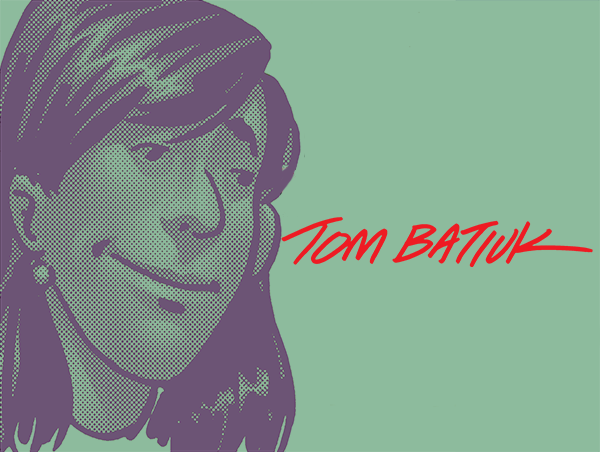×

Subscribe to Receive the Latest Updates
Subscribe to receive our monthly newsletter.
I’ve got to admit that the cover to Showcase #13, the Flash’s third tryout appearance, is pretty cool. When you’ve got a skull and crossbones painted on the nose of a torpedo that’s chasing after your hero… what’s not to like? Again, while the cover is credited to Infantino and Giella, it looks a little odd to me and makes me wonder. I wondered about it when I was twelve and I wonder about it now. The handling of the (for want of better words) ear wings and boot wings seem very un-Giella like to me. But who am I to argue with the credits in The Flash Archives? Chalk it up to everyone still getting a feel for the new character.
Which is what I did when the splash page shows the Flash referring to Center City rather than the Central City it’s supposed to be. Mistakes like that don’t bother me though because it tends to humanize the artists and writers. It’s reassuring to know that my heroes make mistakes like calling Peter Parker, Peter Palmer. Plus it provides me with a little cover whenever I refer to Crankshaft’s home town as Circleville rather than Centerville, or spell the last name of the science teacher in Funky as Kablichnick rather than Kablichnik (or vice versa?). It’s times like these that will send me to a Funky fan site to see what the correct spelling of my characters names really are.
The splash page is the symbolic splash that editor Julie Schwartz will explain to me in the letter column of issue #115. It was my introduction to the vernacular of comic books and what made Julie’s letter cols so special, and I will have much more to say about that when we reach that halcyon issue. We see the Flash running around a figurative world apropos the title Around the World in Eighty Minutes!, a take off on Jules Verne’s Around the World in Eighty Days which had been made into a popular movie at the time. The set-up is a fairly simple one opening with Barry Allen and Iris West agreeing to a date the next day and Iris chiding him to be on time. The monkey wrench in the plan is special watch that Barry has created that allows him to monitor police calls around the world. This allows the writer, as the first calls for help from around the world come in, to begin to expand on the Flash’s bag of speed tricks as well as the scope of what he can do. So we see the Flash racing around the world to Paris and up the side of the Eiffel Tower to foil a mad bomber, race to Egypt where upends a kidnapping by using his speed to tear down and reassemble a pyramid, stopping an avalanche in Tibet, and foil some pirates at sea. Pirates who have a submarine and the aforementioned skull and crossbones torpedo. It all serves to to demo Flash’s expanding skill set which Barry seems to be mastering at an almost alarming rate. The writer makes us think that Barry has missed his date with Iris by a day because of all of his around the world crime fighting, but all ends well when we find out that he has only crossed the international dateline allowing him to meet with Iris on time. The story does a good job of advancing the Flash’s powers, but contributes little else to the nascent Flash canon.
In the second story Master of the Elements however, writer John Broome adds a new member to the still small cast with the creation of Mr. Element. Once again building on a scientific fact, the table of elements, he creates a character who gains “mastery over the elements”. He uses those elements to launch a criminal career and bedevil the Flash. He’s also the first villain who tries to get rid of the Flash by shooting him off into space. Yes, this will happen more than once believe it or not and I’ll try to remember to keep a running tab as we roll along. Somehow providing a villain with an established background and motive, along with the ability to possibly return at some time in the future seemed imminently more interesting at the time and even today in rereading the stories. To a child reading these stories, the villain becomes a stand-in for whatever real life villains they face, and the story becomes an allegory for life’s real battles. Just like football is often touted for teaching life lessons, these comic book stories taught life lessons as well. Except that you solved things by using your head rather than getting your head traumatically bopped. In any event, Mr. Element fills that role quite nicely and immediately becomes a keeper. By the way, the Flash saves himself disappearing into outer space by vibrating enough to be captured by the moon’s gravity and to use that gravitational pull to slingshot himself back to Earth. Just like NASA would later do to sling exploratory probes through our solar system. Hmmmm. Maybe there’s a little more going on here than we thought. Stay tuned.